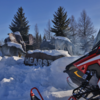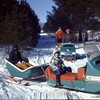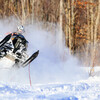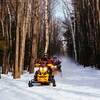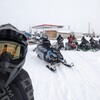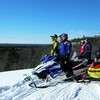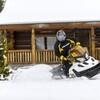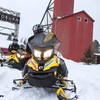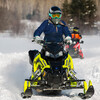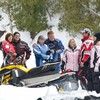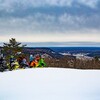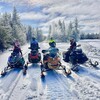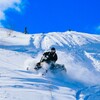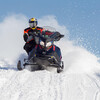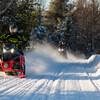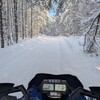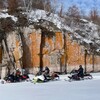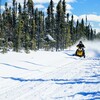

A Rider's Guide to Ontario Snowmobile Trail Signs
They’re everywhere when you ride Ontario’s snowmobile trails. You see them on posts. You see them on trees and intersection boards. Mostly they just get a fleeting glance. Sometimes they grab your attention. You can’t ride without them, but what do you really know about snowmobile trail signs?
Ontario’s snowmobile trails are all about getting around, exploring new regions and visiting new destinations. It’s called snowmobile tourism and the province is so large that it takes 30,000 kilometres of OFSC Prescribed Snowmobile Trails, integrated into a seamless network, to connect snowmobile clubs, OFSC districts, tourism regions and snowbelt communities. To find out more about Ontario’s snowmobile trail system including Trans Ontario Provincial (TOP) Trails, visit Navigation 101 For Ontario Snowmobile Trail Riders.
Are snowmobile trail signs important?
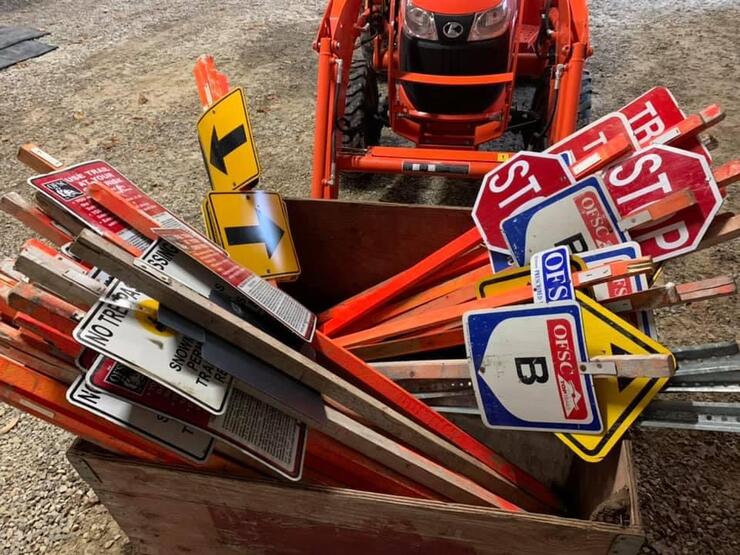
We must always remember that snowmobile trail riding is an off-road activity, occurring in a natural, non-engineered and often wilderness environment. OFSC trails are primarily developed, operated and maintained by volunteers as a courtesy to snowmobilers, with a focus on two key activities, grooming and signage.
The groomer part of the equation gets plenty of attention because nobody likes rough trails. However, trail signs are just as important. In fact, anyone who’s become badly lost because a sign was missing might argue that signage is actually more important than grooming. But that’s an argument for another article.
Sure, most sledders ride with GPS units or trail apps on their phones today. But when it comes to on-the-snow guidance and reassurance, nothing beats good old-fashioned signs for those trying to navigate unfamiliar trails.
Remember: Signs Have Limitations
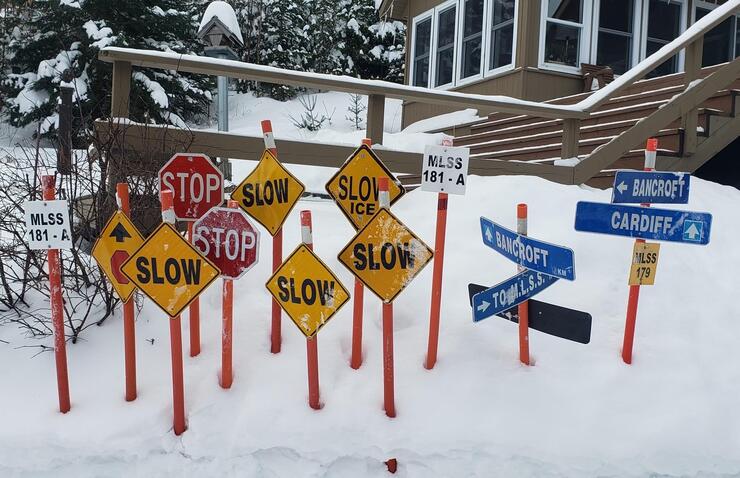
Ontario has hundreds of thousands of trail signs installed by club volunteers. However as with any wilderness environment, there isn’t any assurance or guarantee that signs will be there at any given time due to wind, rain, storms, wildlife or vandalism. Nor can every inherent risk and unexpected potential hazard that you may encounter be addressed through trail signs. That said, trail signs can be very helpful and here’s where to find out more about how they get installed and what they cost.
Fortunately, the Ontario Federation of Snowmobile Clubs has developed and implemented best-practice trail signage guidelines to encourage sign consistency across Ontario. Basically these trail signs fall into two broad categories: information and cautionary. For comfort, convenience and security, it’s important for everyone riding OFSC trails to be familiar with the various signs, because they are not necessarily the same as the signs at home or those associated with engineered roadways.
Here’s an overview of some of the most prevalent signs you’ll see on OFSC trails…
Information Signage
Sometimes referred to as “tourism signs”, information signage assists riders in finding their way, locating services, and having an enjoyable snowmobiling experience. Destination, distance, services information, map boards and trail number or identifier signs are included in this category.
Destination Signs
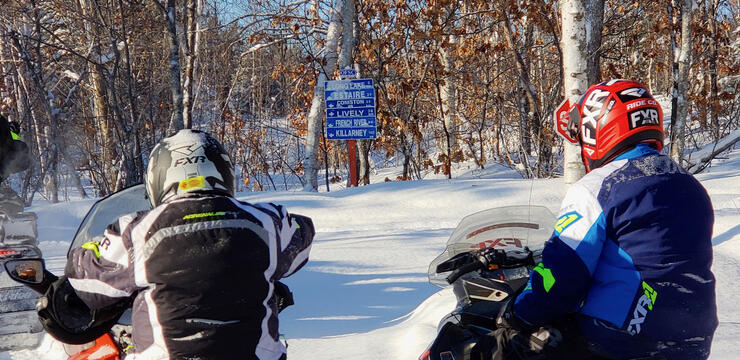
Destinations signs are white print on a blue background. The destination can be either a town or a service and usually shows the distance in kilometres.
Map Boards
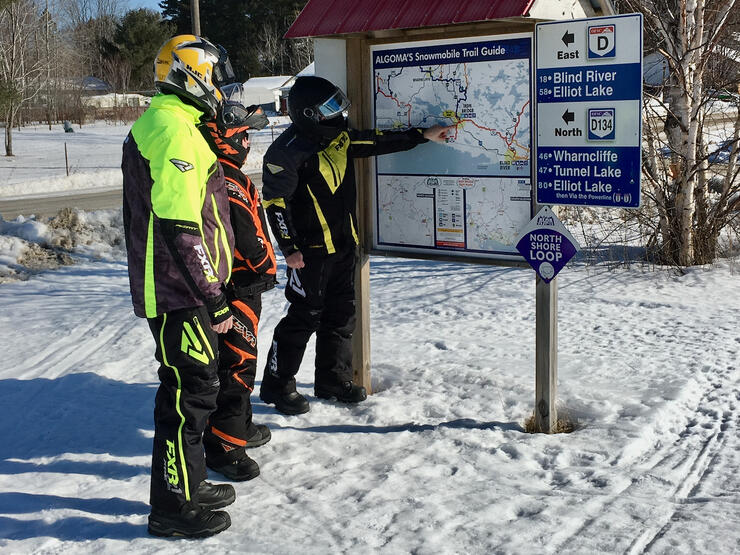
Map boards are usually placed at major trail intersections with “You Are Here” stickers on the map face. They may also often contain either or both of destination signs and sponsored service signs (see header photo). Sponsored service signs advertising various service and amenities come in various shapes, sizes and colours, and are often found on map boards or on the trail coming into a town.
Snow Tour Signs

Photo credit: Martin Lortz
The snow tour sign for each loop has with its name and/or logo, size, shape and colour. The only standard is that OFSC-promoted Snow Tours should be marked throughout the route with these signs for riders to follow.
Information Signs
Information signs are black or blue print on a white background.
Good examples are:
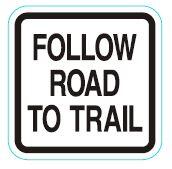
Placed where an OFSC trail meets a road that must be followed to access the location where that trail resumes again.
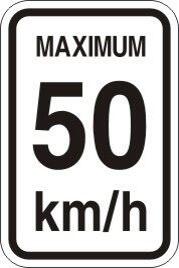
A maximum speed sign informs trail riders that the legislated speed limit on OFSC snowmobile trails is 50 km/h.
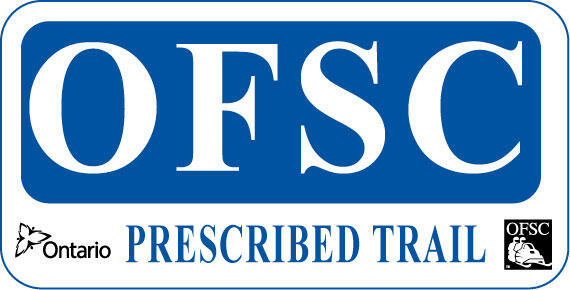
Prescribed Trail signs are legislated under Ontario Regulation 185/01 of the Motorized Snow Vehicles Act to identify snowmobile trails operated by the OFSC where Ontario Snowmobile Trail Permits are required.
Cautionary Signage
This type of snowmobile trail sign is posted by volunteers to assist snowmobilers for situations where there is an expectation that a safe, prudent and legal operator would unexpectedly be required to take immediate, corrective action such as aggressive braking or steering. These signs do not supersede or replace the responsibility for every snowmobile operator to drive with due care and control appropriate for the conditions. Cautionary signs are either red or yellow in colour.

A STOP sign means a rider must bring their sled to a full and complete stop and look both ways before proceeding. Usually, it’s because the trail crosses a road or driveway of some kind, where vehicular traffic could be expected to occur.
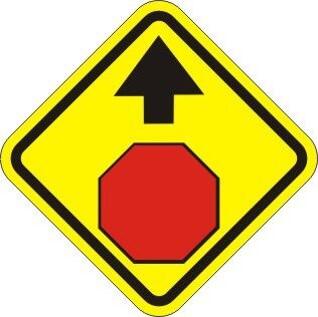
Placed ahead of a STOP sign, STOP AHEAD is a warning to start reducing your speed in time to bring your sled to a full stop.
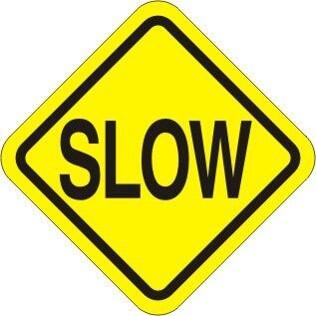
Placed anywhere on the trail (like before a corner or blind hill), SLOW is a warning to anticipate what’s coming by moderating your speed, keeping to the right, and being extra vigilant.
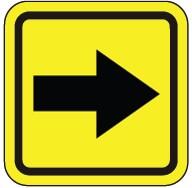
A directional arrow is placed in the apex of a corner as extra visual guidance for an approaching rider as to which way the trail curves, but does not indicate how sharp the corner may be.
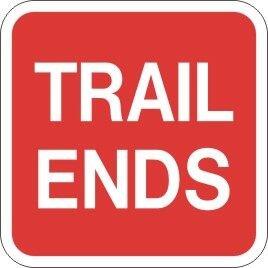
A Trail Ends sign means that the OFSC trail does not continue past that point, so you’re on your own if you choose to proceed. It’s always better to turn around and go back.
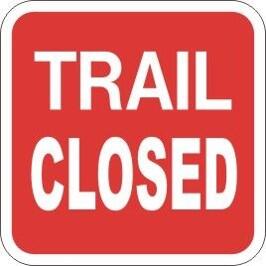
A Trail Closed sign indicates either that a trail is permanently shut down or temporarily out of service due to natural causes such as washouts or storm damage or for work such as logging or line work. It may also be temporarily closed from season’s end to start of the next one. Whatever the reason, entering the land beyond this sign can be both dangerous and illegal, often involving trespassing on private property. Closed trails also show as RED (Unavailable) on the Interactive Trail Guide.
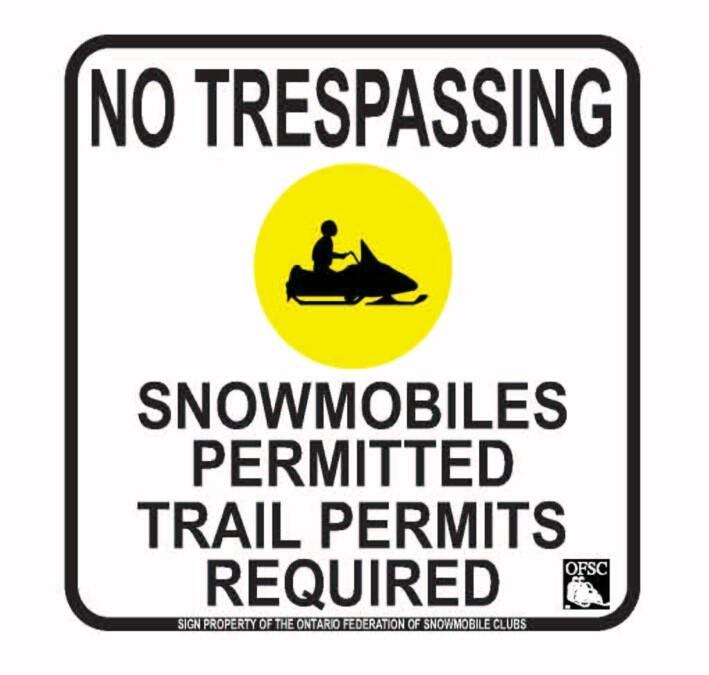
This sign is posted at trail entry points to advise everyone that no entry is allowed without a valid Ontario Snowmobile Trail Permit and is for snowmobile use only.
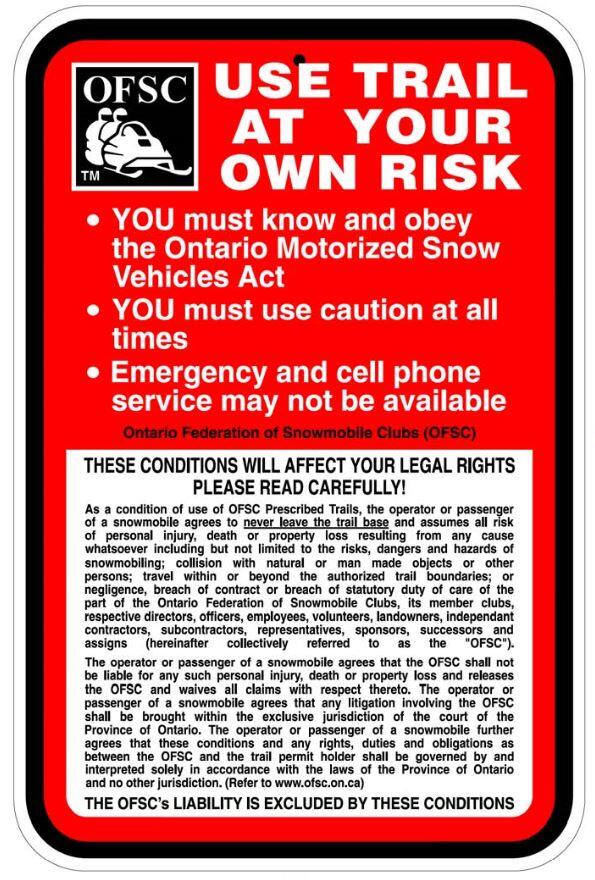
With similar wording as found on the OFSC Permit buying site and Interactive Trail Guide, a Use At Own Risk sign provides an on-the-snow warning of personal responsibility and liability when entering an OFSC trail.
Trail Stakes and Lake Markers

Although not usually thought of as “signs”, these orangey-red posts with reflective ends are handy wayfinding tools. Installed to define the trail corridor and show where it goes, the true value of stakes and markers is most evident in poor visibility conditions like snow storms, whiteouts and after dark.
Now that you're sign-savvy, have fun riding!
So now you know more about the most prevalent Ontario snowmobile trail signs. Unfortunately, there wasn’t enough space in this overview to include every sign you may see on an OFSC trail. So keep your eyes peeled, because signs are your best friend on any trail ride!
Ontario law requires a snowmobile entering an OFSC Prescribed Snowmobile Trail to display a valid Ontario Snowmobile Trail Permit.
Recommended Articles

Snowmobiling Winter Weather Forecast 2024-2025

The Complete List of Snowmobile Events in Ontario 2024-2025
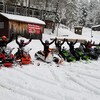
The Best Snowmobile-Friendly Lodges
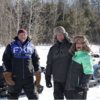
I Rode the Explorers Snow Tour in Ontario and Here’s What It Was Like

Why Ontario is One of the Best Snowmobile Destinations in the World
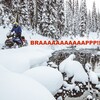
11 TikToks That Prove Ontario is the Best Place To Go Snowmobiling

5 Weekend Snowmobile Getaways Near the GTA
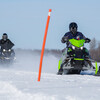
31 Ways To Get In The Know About Snowmobile Trail Riding in Ontario

A Beginner's Guide to Snowmobile Lingo

Snowmobiling the NWOSTA Wilderness Loop in Northwestern Ontario

